You’ve probably already seen the photo of Marrakesh airport packed to the rafters on social networks. With comments ranging from “Masha Allah, we have so many tourists” to “but we don’t need tourists, they can just stay at home”.
And various explanations, including an alleged communication from the Foreign Office asking its nationals to leave Morocco because of the confrontation between Israel and Iran.
What is the situation?
A very unpleasant experience for travellers
Whatever the reasons, being stuck in such a human tide, with the hours of queuing involved, the impossibility of finding a free seat in a refreshment area, the heat, etc. is not a positive experience.
And you can bet that for the tourists who have experienced it, it will be a negative experience. If it’s their first time in Morocco, it’s a real shame.
This kind of problem can happen anywhere in the world. For thirty years, I travelled a lot, flying two or three times a week. And I still remember some incidents, almost 8 hours delay for a Heathrow-Paris flight in June 2000, 7 hours delay for a Casablanca – Marrakesh flight in December 2004, plus a few others, less serious.
Every time it happens, it’s a very bad thing, and I’m curious to see what will be said on the travel forums in the coming days.
So to rejoice at such a crowd is nonsense.
The ONDA has made great efforts over the last few years, new terminals have been built and procedures have been streamlined. So this should not happen.
What really happened?
Just a traffic jam. Poor planning. An unplanned influx.
The combination of Eid el Fitr, the long Easter weekend and the school holidays in many European countries. (Zone A in France from 13 to 29 April, in England, etc.).
Although the vast majority of Moroccans prefer to travel by car or coach, they also use domestic flights. MREs who have spent Ramadan in their own country may want to come and spend Eid in Morocco.
And above all, it was the opening of new Ryanair routes, among others.
And that was expected.
Marrakesh airport knows its traffic in advance
The authorities were perfectly aware of what was going to happen… and what will continue to happen, roughly until 20-25 April (the end of the Easter holidays). This is because the number of flights is known well in advance.
On 15 April, there were 47 Ryanair aircraft arrivals, which did not exist last year.
In all, for the week of 15 to 21 April, an average of 87 flights landed each day. So, since they are leaving again, 174 daily flights and 1200 rotations during the week. At +/- 200 people per plane, that’s 17,000 arrivals (and fewer departures, which will be for the end of the week).
And this traffic is not exceptional
All the air traffic statistics (which you can find in detail in the links at the bottom of the post) show that 17,000 people is still normal traffic for Marrakesh. More than the year before and the year before that, but not abnormal.
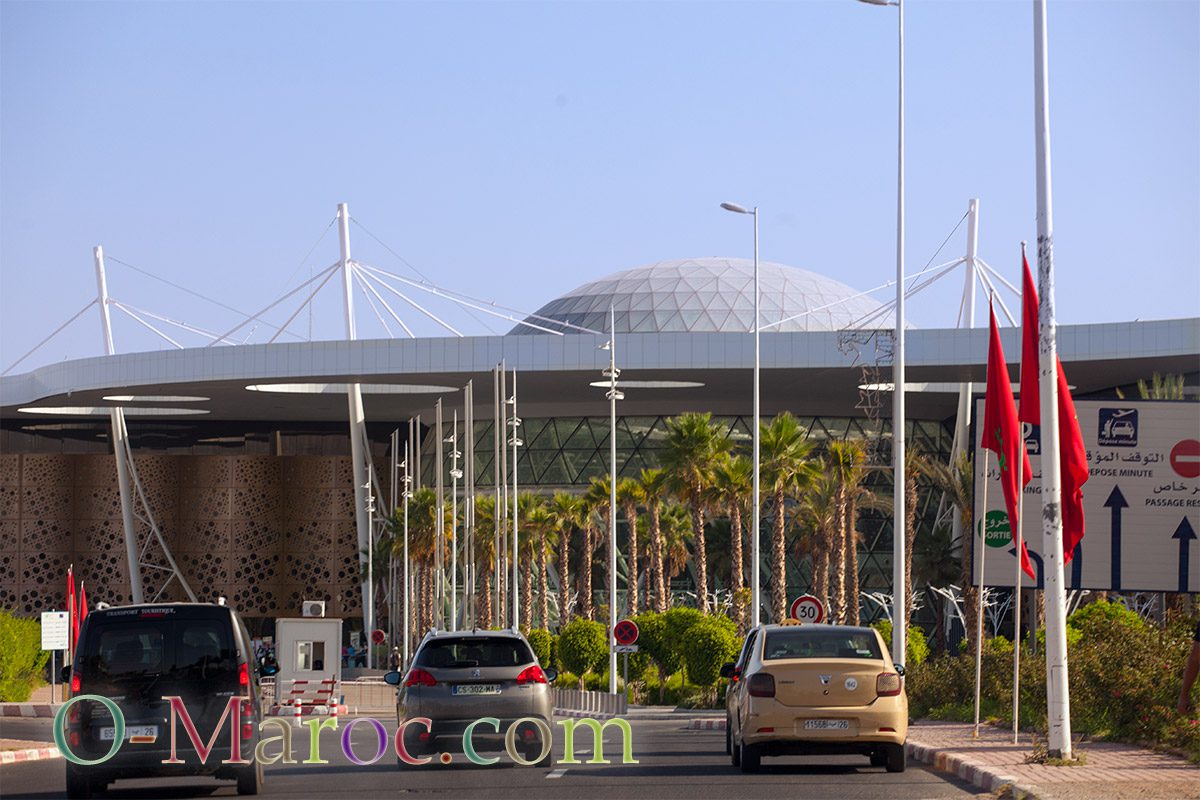
Either I’m wrong in my estimate of the number of passengers that day (taken from ONDA data), or there was something else going on.
And what about the British? They had nothing to do with it.
The Foreign Office has never asked its nationals to leave Morocco
Yes, the Foreign Office has issued an advice to avoid travelling to various countries following the tensions between Iran and Israel.
Which is totally different from “come home right away”.
And it does not concern Morocco. Although it might have been initially mentioned in the list of countries where there was an increased risk of attack, this information has now disappeared. I’ll leave you to compare the screenshot of the ‘travel advisories’ for Algeria, Tunisia, Lebanon, Syria, Israel and Morocco.
Neither Germany, nor the United States, nor any other country
I’ve been told that Germany has recommended that its nationals leave Morocco. Once again, this is totally untrue; there is no mention of it on the website of its embassy in Rabat. As for “travel advices“, the last update on the subject of security dates back to 2018 (Imlil attack).
The latest alert from the American embassy concerns events scheduled to take place in Casablanca on 5 April 2024.
Weaknesses and risks in Morocco’s tourism sector
In fact, this incident reflects two of the structural threats to tourism in Morocco.
The quality of our infrastructure
Morocco’s tourist infrastructure is excessively concentrated in Marrakesh and, to a lesser extent, Agadir. The rest is “misery”, even more so since Covid caused the closure of many hotels. The south has not managed to take off, the widening of the Tichka Pass road has not been enough to open it up, and the tunnel is still “in the pipeline” (even more so with the earthquake in September 2023).
The government gave a great deal of support to the tourism sector during the Covid crisis, but it is no longer putting money into hotel investments (except to sell certain establishments to private partners), it is working on fundamental improvements (the overhaul of classification criteria in 2023, for example) and has a development plan for the airports.
A development plan that will have to be accelerated if we really want to attract 26 million tourists by 2030.
Apart from that, nothing. No signposting/creation of trails for rural tourism, no development, no promotion of other heritages. One example that I know well is the Kasbah of Boualouane, between Casablanca and El Jadida, for which a whole dossier had been developed, including sporting activities, walks, etc., but nothing has been put in place.
Perception of political risk
Yes, every time something goes wrong in the Muslim world, every time a major attack can be blamed on Muslim extremists, even if the real risk is extremely low in Morocco, visitor numbers drop.
I still find it hard to understand what link there might be between the Israeli-Iranian conflict and Morocco, a country that tends to be a mediator, that has expressed strong opposition to what is happening in Palestine, and that has never been a supporter of Iran or the Shiites.
But “all that” is Muslim… so tourists are afraid.
In short, the crowds at Marrakesh airport were just one big tourist day, not particularly bigger than others, where things went wrong, without anyone really knowing why. And that’s more the problem than anything else.
Evolution of tourist traffic in Moroccan airports - 2019 - 2024
- Hausse de 17% du trafic aérien dans les aéroports marocains à fin février 2024 - Médias24
- Record du trafic aérien dans les aéroports marocains en 2023 (ONDA)
- À Marrakech, le trafic aérien poursuit son envolée
- Avec 1200 rotations, l’aéroport de Marrakech s’apprête à vivre une semaine historique | Challenge.ma
 A typo or syntax error? You can select the text and hit Ctrl+Enter to send us a message. Thank you! If this post interested you, maybe you can also leave a comment. We'd love to exchange with you !
A typo or syntax error? You can select the text and hit Ctrl+Enter to send us a message. Thank you! If this post interested you, maybe you can also leave a comment. We'd love to exchange with you !

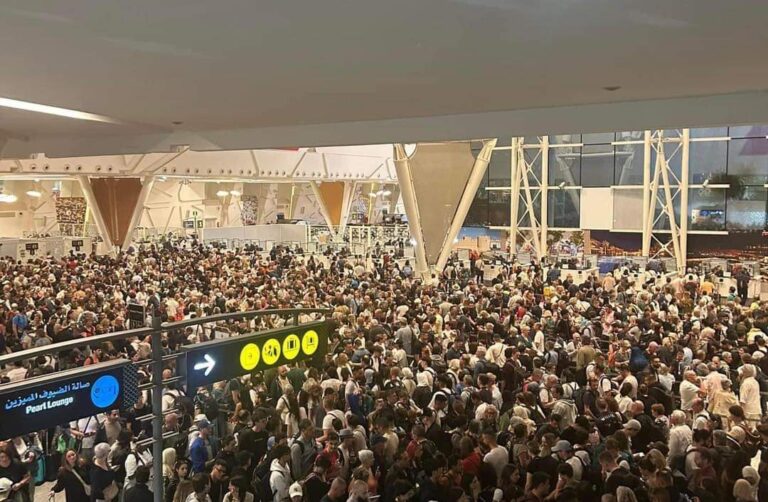

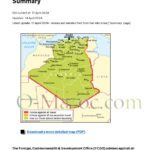
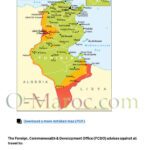

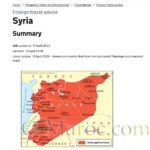
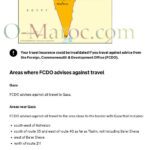


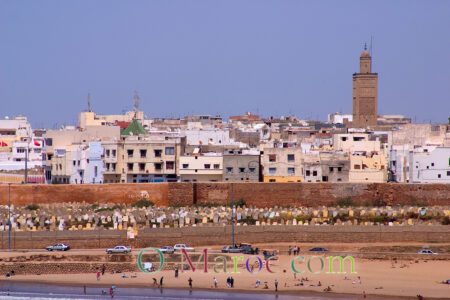
2 Comments
I flew there today and it was horrendous! Never again will I fly into Marrakesh . It was awful getting in and awful getting out. My first time in Morocco and unfortunately unlikely to return. There were elderly people and children queueing for hours with no help from staff. Passport control were on their phones joking around. Very sad to experience this in this day and she
I’m sorry you had such a bad experience !